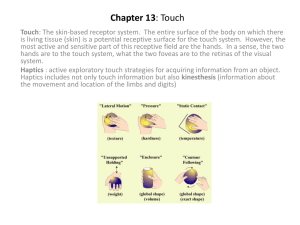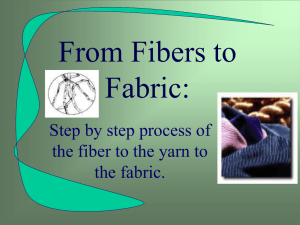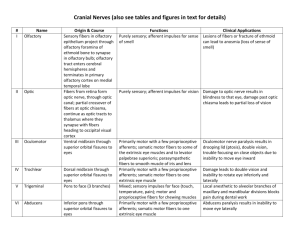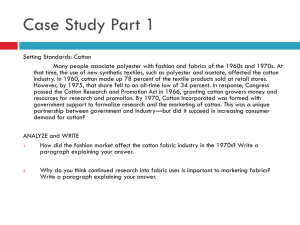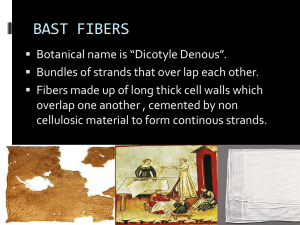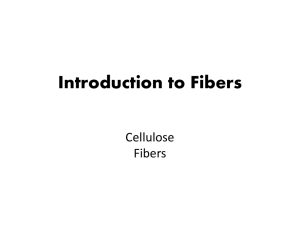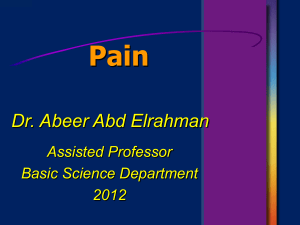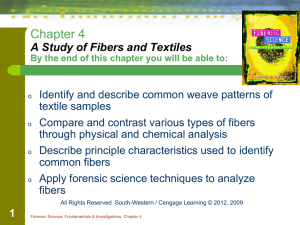Corpus striatum
advertisement
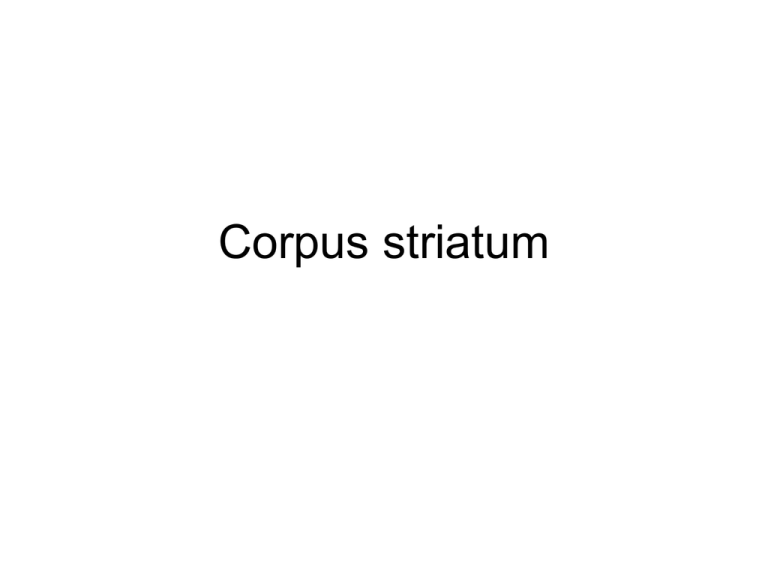
Corpus striatum Corpus striatum • consists of the caudate nucleus and the lentiform nucleus. Lentiform nucleus can be divided into putamen and the globus pallidus. • Basal Ganglia: – Corpus striatum, claustrum, and amygdaloid body are generally referred as • Lentiform nucleus – Shape and size of a nut, Globus pallidus is medial to putamen • Lentiform is separated from insula by a thin layer of white matter called external capsule, followed by a thin sheet of gray matter called claustrum. • Extreme capsule – separates claustrum and insula • The medial surface of the lentiform lies against internal capsule. • Caudate nucleus – anterior head then tapers into slender tail extending backwards and then forward Connections • Afferent fibers • Striatum receives fibers from the cerebral cortex, thalamus, and substania nigra. • 1). Corticostriate fibers originate from cortex excitory fibers, (including four lobes especially frontal and parietal), fibers from of somatosensory and motor area project to putamen; fibers from cingulate gyrus and temporal (including parahippocampal gyrus) cortex project to ventral striatum; Other cortical areas project to caudate nucleus. • Most of these fibers enter the striatum from internal capsule, some enter putamen from external capsule. Caudate striatum also receives fibers from amygdala (more later) Connections • 2). Thalamostriate fibers originate from intralaminar nuclei of thalamus • 3) nigrostriate fibers originate from substantia nigra. In people with Parkinson's disease, this area is lacking dopamine. Fig 12-4 Afferent fibers are blue Efferent fibers are red Efferent fibers • 1). striopallidal fibers: – to globus pallidus, control globus pallidus • 2). strionigral fibers: – pass through globus pallidus first then enter pars reticulata and pars compacta of the substantia nigra Pallidum • Afferent fibers: – Striopallidal fibers principal afferent fibers to pallidum, inhibitory • Efferent fibers (pallidothalamic tract - two components) – originate from globus pallidus, cross the internal capsule and form the lenticular fasciculus – others form ansa lenticularis • Both tracts terminate into nuclei in thalamus. Fig 12-4 Afferent fibers are blue Efferent fibers are red Functions • Functional aspect of basal ganglia corpus striatum may be responsible for memory of movement • Lesion of basal ganglia does not cause paralysis, but causes unwanted involuntary movements. Diseases • Huntington's Disease • Dominant hereditary with onset in middle life, atrophy of striatum, choreiform movements (multiple muscles, brisk, jerky purposeless movements), concurrent deterioration of mental capacity caused by loss of neurons in cerebral cortex.

